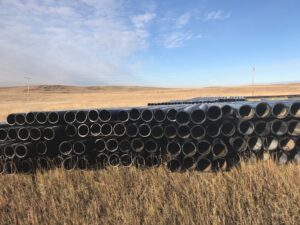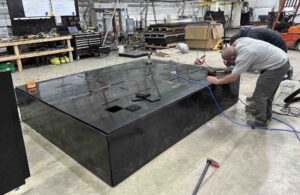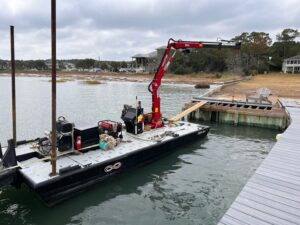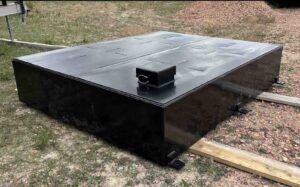Early Adoption and Technological Advancements
PE pipes were first used by British Gas in 1969 and the Gas & Fuel Corporation of Victoria in 1973, marking the start of a new era in gas distribution. Polyethylene pipe offered several advantages, which we have already mentioned earlier and which you can read more about in the previous post. Various joining techniques, such as butt fusion, electrofusion, and socket fusion, were developed to enhance the system’s integrity and match the properties of the pipes themselves.
Standards and Specifications
Australian Standards such as AS 1463 for polyethylene compounds and AS 1667 for polyethylene pipes were very important in the early stages, as they were establishing the quality and performance standards for the industry. By 1988, polyethylene pipes had almost entirely replaced metallic counterparts within their size and pressure ranges in some areas, with widespread use reported by the Gas & Fuel Corporation.
Challenges and Solutions
Despite their many advantages, polyethylene pipe faced challenges such as mechanical damage and point loading, which were the main causes of failures. In the mid-1980s, the introduction of Class 575 high-density polyethylene (HDPE) pipes with thicker walls offered improved resistance to localized loads and significantly reduced these problems. Enhanced installation standards also helped decrease the incidence of point loading failures.
Innovations in Material and Standards
In the late 1980s and early 1990s, PE 100 high-density polyethylene (HDPE) was introduced for use in higher pressure applications due to its superior long-term strength and resistance to rapid crack propagation. During this time, new Australian Standards (AS/NZS 4130 and AS/NZS 4131) were developed to incorporate these new materials, ensuring that polyethylene pipes met the stringent requirements of modern gas installations.
Contemporary Use and Economic Efficiency
Today, PE 100 materials are widely used across Europe and Australia for high-pressure applications due to their reliability and superior performance. This reflects the commitment of the industry to quality and safety, as evidenced by the continuous evolution of standards such as AS/NZS 4645, introduced in 2008 for gas distribution networks.
Read more from the source: “POLYETHYLENE – THE OPTIMUM GAS PIPE MATERIAL?”
Polyethylene Pipe Solution:
The development of PE (polyethylene) pipes represents a significant technological advance in gas distribution. These pipes offer long-term durability, economic efficiency, and high levels of safety. As industry standards continue to evolve, PE pipes will play an even more important role in the infrastructure of the future.
If you are looking for high-quality solutions for the production of plastic pipelines adapted to the requirements of your specific environment, then contact Legacy HDPE. We focus on quality and customer satisfaction, ensuring the durability, efficiency, and cost-effectiveness of your plumbing infrastructure. For more information about our products and services, please contact us directly. Tel: 307-299-3049







